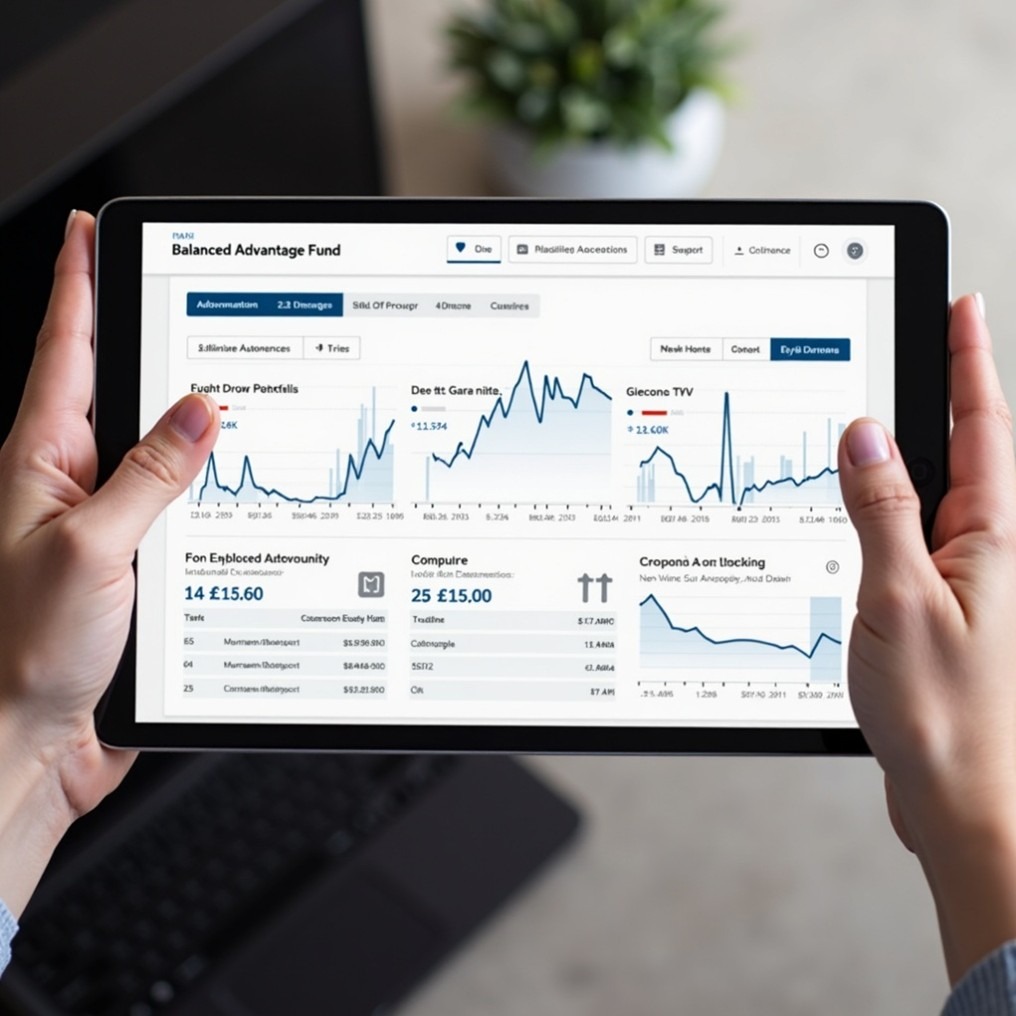There are no items in your cart
Add More
Add More
| Item Details | Price | ||
|---|---|---|---|
Introduction
Markets go up and down, but your portfolio shouldn’t ride that rollercoaster. That’s where Dynamic Asset Allocation (DAA) steps in — automatically shifting between equity and debt based on market conditions.
Balanced Advantage Funds (BAFs) are the most popular DAA products today, offering a smooth investing experience for both aggressive and conservative investors.04/06/2025

DAA is a strategy where your fund actively adjusts its mix of equity and debt based on market valuation signals like:
Buy low, sell high — and manage downside risk.
Balanced Advantage Funds (BAFs) – The Most Common DAA Tool
BAFs automatically tweak asset allocation without the investor having to lift a finger. During high valuations, they reduce equity exposure; during corrections, they buy more equity.
Typical Equity Exposure Range: 30% to 80%
Use arbitrage to maintain equity taxation
Real-Life Example: Suresh vs. Riya
When the market dipped in 2022, Suresh saw a 15% drop in NAV and panicked — stopping his SIP.
Riya’s BAF cushioned the fall (only a 6% dip) due to higher debt exposure at that time. By 2024, her returns were 11.8% CAGR, while Suresh, due to inconsistent investing, averaged only 9.2% CAGR.Beyond BAFs: What’s Next?
1. Quantitative DAA Funds – Use data models and AI to decide allocation
2. Multi-Asset Allocation Funds – Include gold, REITs, international equities
3. Risk-Based Hybrid Funds – Tailored to investor’s risk profile
Conclusion
If you're looking for a peaceful, rule-driven way to invest, DAA — especially through BAFs — is a great start. And for more control or diversity, new-age DAA models can offer even smarter solutions.
Explore BAFs or advanced DAA funds with your advisor — and let the math, not emotions, drive your investment decisions.
Summary Table: Dynamic Asset Allocation Funds
| Fund Type | Avg. Return (5 Yr CAGR) | Avg. Risk (Volatility) | Avg. Investor Behaviour |
|---|---|---|---|
| Balanced Advantage Funds | 10.5% – 12% | Low to Medium | Steady SIPs, less panic exits |
| Quant DAA Funds | 11% – 13% | Medium | Data-driven, slightly more active |
| Pure Equity Funds | 12% – 14% | High | Emotional exits during market dips |
| No Strategy Investors | 6% – 9% | Very High | Inconsistent, reactive investing |

Dr. Satish Vadapalli
Research Analyst